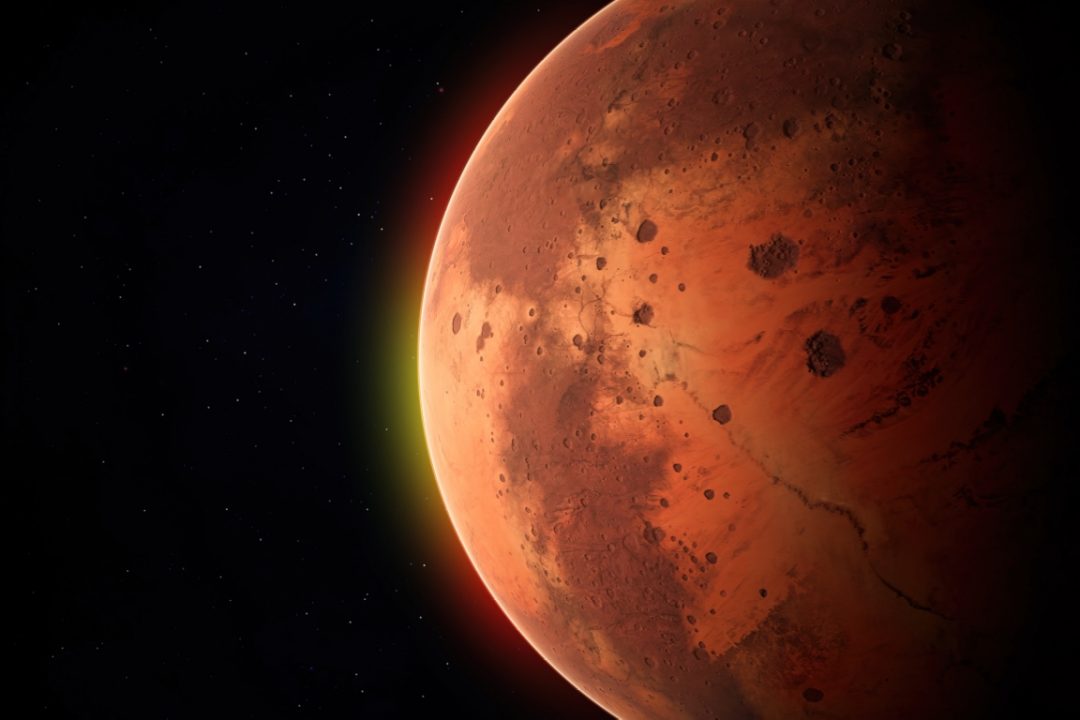
Elon Musk’s out-of-this-world ambition to send humans to Mars could be realized by the end of the decade. But first, he’s sending robots to scout out and prepare the planet.
The tech tycoon is ambitious. His goal is to send Tesla’s humanoid Optimus robots on a SpaceX flight to Mars by the end of 2026.
If all goes well, humans could be on a rocket ship to Mars as early as 2029, but no more than two to four years beyond that, he has said.
Life on Mars?
NASA rovers Curiosity and Perseverance are already on Mars, collecting data. They’re trying to determine whether the red planet was ever capable of supporting life.
Musk, for his part, believes it’s possible Mars once hosted life. During a conversation with Senator Ted Cruz (R-Texas), he said, “We may find ruins of a long dead alien civilization. That’s possible. And we may find subterranean microbial life. That’s possible,” he said.
Because of their human-like construction, Optimus robots have greater capabilities for gathering data and even building than the NASA rovers. They can lift and transport material up to 45 pounds, construct habitats, navigate more challenging terrain because of their bipedal construction, and lay the groundwork for agriculture.
Once the robots complete their mission, Musk wants to send humans, the next step toward his ultimate goal of colonizing the fourth planet. He said back in September:
Flight rate will grow exponentially from there, with the goal of building a self-sustaining city in about 20 years. Being multiplanetary will vastly increase the probable lifespan of consciousness, as we will no longer have all our eggs, literally and metaphorically, on one planet.
In the video below, Musk touches on his colonization goals.
Backup Planet
Musk has been concerned about humans perishing into oblivion without a backup planet for a long time. He believes colonizing other worlds is not vain ambition, but necessary to our species’ survival. He believes humanity faces multiple extinction threats. A large asteroid could smash into earth and kill off the human race as it did the dinosaurs, or “there are a host of deadly diseases, volcanic eruptions, or other catastrophes that could bring about the end of civilization as we know it (and maybe even all life),” he said.
Musk’s most recent extinction boogeyman has been artificial intelligence. He believes there’s a one-in-five chance AI “destroys humanity.” Speaking at the Abundance Summit in 2024, he said, “I think there’s some chance that [AI] will end humanity. I probably agree with Geoff Hinton that it’s about 10% or 20% or something like that.”
The tech wiz has even referred to AI as “demonic.” In 2014, he said during a talk at MIT’s AeroAstro Centennial Symposium:
With artificial intelligence we’re summoning the demon. You know those stories where there’s the guy with the pentagram, and the holy water, and he’s like — Yeah, he’s sure he can control the demon? Doesn’t work out.
But despite his apprehension about AI, Musk believes the benefits outweigh the risks. Interestingly, the robots he’s sending to Mars qualify as AI. Tesla unveiled Optimus robots in October 2024. They were pitched as helpers that’ll do anything. He said, “It can be a teacher, babysit your kids. It can walk your dog, mow your lawn, get the groceries, just be your friend, serve drinks. Whatever you can think of, it will do.”
Ambitious Goal
As far as Musk’s ambitious 2026 target to depart for Mars, not everyone is as optimistic as he is. Derrick Pitts, chief astronomer at Philadelphia’s Franklin Institute, told Newsweek, “Could it happen this decade? It could, but with a whole lot of risk. But if you give me three decades, I could see how the risk could possibly drop to an acceptable level.”
A one-way trip to Mars, which is 140 million miles away, could take anywhere between six to nine months. Temperatures there teeter between 70 degrees Fahrenheit (20 degrees Celsius) and as low as -225 degrees Fahrenheit (-153 degrees Celsius), but average around -76 Fahrenheit.
Mars is shaping up to be the next frontier in the space race. In his January inauguration speech, President Donald Trump pledged “to plant the Stars and Stripes on the planet Mars.” But several other countries have their eye on Mars as well, including China, Russia, India, and EU countries under a joint effort of the European Space Agency.





